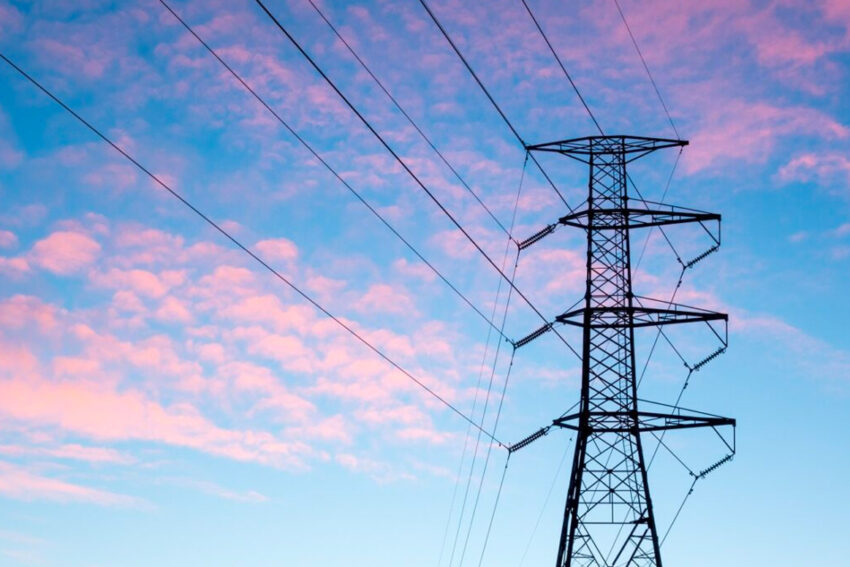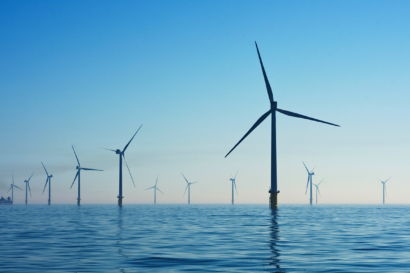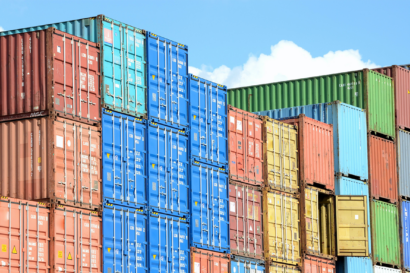AG INSIGHT | 20/03/2023
Grid infrastructure is vital to unleash the UK’s booming renewables sector

Following the invasion of Ukraine and in the midst of the cost of living crisis, it’s clear that ending reliance on expensive and unreliable fossil fuels through a clean energy transition is the only route to long-term security of supply, energy resilience and affordability.
Electricity networks have a critical role in this transition and are crucial to meeting Government’s targets for connecting 50GW of offshore wind by 2030 and ensuring all generation is zero carbon by 2035.
Networks are also becoming increasingly important as demand for electricity grows. As more people start driving electric vehicles (EVs) and install heat pumps to warm their homes, networks will need to deliver additional capacity for EV charging and residential distribution. The Climate Change Committee estimates that electricity demand will double by 2050 as transport, heat and industry all decarbonise.
However, on this journey to connect more clean energy to the grid, networks are experiencing unprecedented increases in the volume of connection applications, which have doubled in the last two years. This ‘queue’ of over 600 projects could provide nearly 240GW of new energy generation and interconnection across Great Britain. Putting this number in context: that is almost 3 times the level of connected capacity today (82GW), and if delivered, would complete a significant part of the UK’s net zero transition.
At current, connection applications are assessed on a ‘first come, first serve’ basis. Coupled with low barriers to entry, this means many developers often secure their space in the connections queue regardless of the maturity of their proposed projects. With developers rarely leaving the queue, projects that are ready to connect sooner can be blocked or delayed by others that aren’t.
With global temperatures still on the rise and the energy and cost of living crises continuing to severely impact businesses and households, a number of short, medium and longer terms reforms are needed to ensure the connections process can meet the scale and pace of development required.
The first is a project led by National Grid Electricity System Operator (NGESO), alongside Transmission Owners, to facilitate a so-called ‘TEC Amnesty’, which will allow developers to voluntarily give up capacity (or Transmission Entry Capacity) they no longer require, at little or no cost. With new renewables potentially waiting 13 years to connect, this would free up capacity in the queue and allow projects that are ready to proceed faster.
Alongside the TEC Amnesty, NGESO has proposed new ‘queue management’ rules, which would require developers to meet key milestones throughout their connection journey. Where these milestones are not met, stalling projects would have to make way for other projects further back in the queue that are ready to proceed.
Milestones should include demonstrating that land rights have been secured, a detailed construction programme has been developed, or that the final investment decision has been taken. This proposal is being considered by industry before being passed to Ofgem for evaluation.
Beyond these reforms, wider change is needed to drive earlier investment in networks. Ofgem should require acceleration of investment in the transmission and distribution network and a shift to a strategic rather than reactive approach.
As we already know that the majority of offshore wind projects will be in the North Sea, anticipatory investment needs to be unlocked so that grid infrastructure can begin construction ahead of time, ready for these projects to connect once built.
Whilst these changes may seem niche industry reforms, they are essential to meeting the UK’s net zero targets, delivering greater energy security, lowering bills, and enabling the wider decarbonisation of transport, heating and industry.



